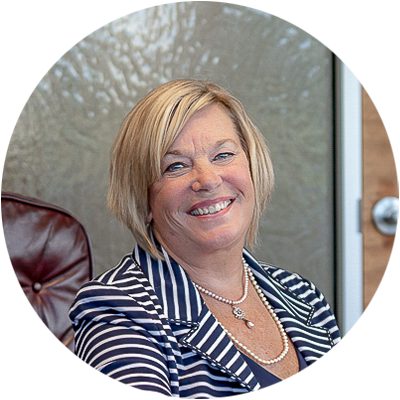Often the “doing business” aspect of our law practice comes into direct conflict with our ideals for the quality of legal service that we want to provide to our clients.
Never is that truer than when we are trying to find the “sweet spot” in the balance between the number of clients we have with the actual time and resources we have to provide representation to them.
Our firm is a little unusual in that we compile and use a lot of statistical data on our office production. We keep track of every potential client call and follow up statistically on how many of those contacts turn into appointments and how many become clients. We gather other information that provides us with additional data for making marketing and staffing decisions. It is an awesome tool and one of which we heavily rely on.
One of the drawbacks to our numbers-oriented tracking is that we sometimes get so focused on growth and an ever-increasing client count, we lose sight of the accumulating work load and the time commitment needed to serve our existing clients.
I do not think this is a unique problem. The nature of our business, owning a law firm, is that the potential clients of today are the seeds planted for our revenue in the not-too-distant future. We need to have a constant flow of new clients to fill the gaps in our caseload created by resolved cases. The issue is, of course, that we cannot always control the flow of potential clients or accurately predict when cases will be finalized. So, we often find ourselves in the position of either too many or not enough cases requiring our immediate attention.

A surge of new cases can look good in the financial reports. But too many cases that outpace our time and resources can create huge problems and backlogs.
There are only a finite number of hours to devote to our clients. If we continually maximize those hours we risk serious burn-out and health risks. The same is true for our staff. However, if we don’t put the time in, our clients simply do not get the attention and quality of representation that we are morally and ethically bound to provide.
The reality is that there is a tipping point. Unless we increase staff to extend our resources to serve clients, we cannot continually grow and continue to adequately meet the needs of each case.
In the early days of the pandemic lockdown, we discovered that with a temporary decrease in new clients, additional time could be dedicated to existing clients. We caught up on the on tasks that we had neglected due to lack of time. Our case count did not grow dramatically, but existing client cases got much more of the time and attention they needed. Our fees billed and income held steady. Our attorneys were working the same number of hours but their time was concentrated on fewer clients.
Now, the flow of new clients has returned to pre-pandemic levels. Great news! But we are now also finding ourselves stretched thin on having the time to give each case the attention it deserves. The balance has again shifted and that sought-after “sweet spot” in workload is once again elusive.
Here are a few tips for trying to find your caseload sweet spot:

Pause Frequently and Analyze your current case count and workload. Determine what is working for you and what is not. Identifying problem areas early is important, and prompt corrections are necessary to avoid crises.

Take the Pulse of Your Staff to determine how they are holding up under their workload. Every law firm is going to be chaotic on any given day. But if your staff is constantly overworked, you will see signs of stress fractures. You might be told that directly by some employees or recognize it yourself in more subtle signs like frequent absences, frayed nerves, or poor attitudes. If you see signs of distress, question what can be changed to improve the situation.

Track the Work Hours of both you and your staff. If you have more to do than you and your staff can routinely get done in a normal 40-hour work week, you need to assess the situation. If this has been the case for more than a few weeks, you really need to reevaluate. Do you need more staff or less clients?

Monitor Client Satisfaction. There is little that is more telling about our practices than the satisfaction level of our clients. If your clients are generally pleased with the work being done by you and your office, you are probably in pretty good shape. But if you see an increase in complaints, particularly about a lack of communication with your clients, delays in case progress, or sloppy work product, trouble is brewing. This is a negative spiral that can quickly get out of hand. Act quickly to turn this around.

Take Some Quiet Time to really reflect on what is happening with your practice, what your goals are, and the best plan for managing your caseload at an optimal level. As attorneys, we are problem solvers by nature. But what frequently happens is that we fail to take the time necessary to explore our own circumstances and reason out the solutions to our own challenges. We are too busy to take the time to find a fix for being too busy. Understandable, but don’t procrastinate. Take the time and be purposeful in your decisions.
Jeanne Sockle
Jeanne, co-founder and managing partner of Divorce Lawyers for Men, is a successful civil litigator who has focused her legal practice on complex litigation, primarily catastrophic injury and wrongful death lawsuits. She has served as a member and Chair of the Washington State Bar Association Law Clerk Board, as a Thurston County Family Court Child Advocate, and as a founding member of the Thurston County Volunteer Legal Clinic.


